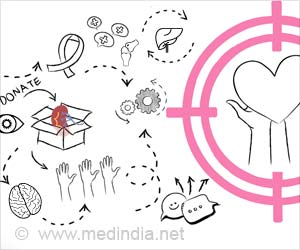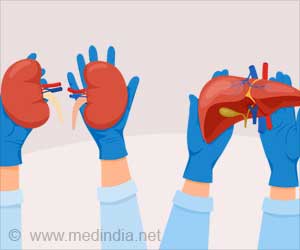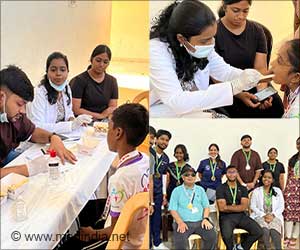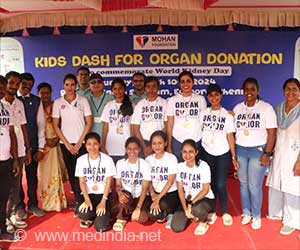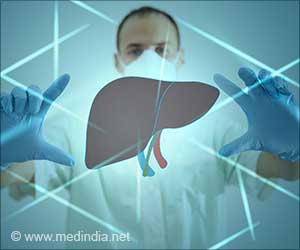Organ donations from living donors are looking up in the US. In 2004 and 2005, the number of such donations surpassed those from dead donors.
Many people risk surgery and the loss of an organ to save the lives of people they love — and increasingly of strangers, as well.In addition to a kidney and lobe of a liver, living donors can give the lobe of a lung and bone marrow. Almost half of all kidney donors in the United States are living donors, a total of 6,434 last year.
Living donors last year also provided lobes of the liver to 288 recipients and lobes of a lung to five recipients. Transplants between unrelated donors are now highly successful, thanks to improved methods of immune suppression that reduce the need for close tissue matching to prevent rejection.
But many problems can complicate transplants from live donors. It is important that potential donors know about them and take the time to resolve them before deciding whether to go ahead with a donation, which carries the potential for serious physical and emotional risks.
Dr. Robert D. Truog, professor of medical ethics and anesthesia at the Harvard Medical School, says, “The possibilities include personality or emotional disturbances like depression, self-esteem, an abnormal desire for attention or a desire to become involved in the recipient’s life.”
But when the motive is suspect, transplant teams are supposed to assess the reasons and prohibit donations that raise serious concerns.
Advertisement
There is a national list of people awaiting transplants, and those who are the sickest, though rarely the wealthiest, are at the top. But when donations are directed to strangers, potential recipients “who have the most compelling stories and the means to advertise their plight tend to be the ones who get the organs, rather than those most in need,” Dr. Truog said.
Advertisement
Another case was less clear-cut. A Jewish man in New York learned of a Jewish child in Los Angeles who needed a kidney and said he would donate a kidney to help this child. This is clearly a discriminatory donation, even though it would enable those below the child on the transplant list to move up a notch. On the other hand, if the donation was not allowed, no one would benefit, because the man would not offer his kidney to anyone else.
Pressure is mounting to establish a national registry of live donors, people who were willing to donate organs to relatives or friends but were not good matches.
Through such a registry, patients anywhere in the country could “swap” one of their donors who is not a match for a donor who is. Such programs have the potential to increase significantly the donor pool and the success of transplants, because the surgery can be done before the patient is deathly ill.
In recent years, small donor exchange programs have been established by the Johns Hopkins Medical Center, the New England Organ Bank and the Ohio Paired Donation Consortium.
Source-Medindia
GPL/C

